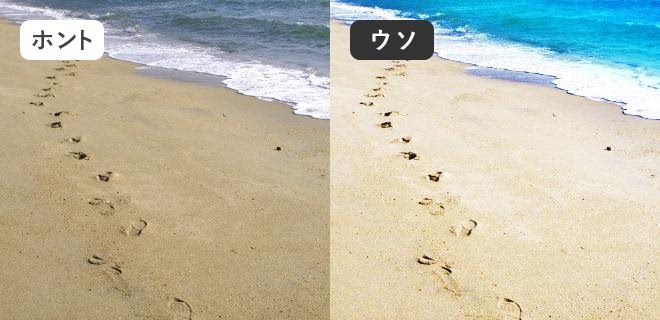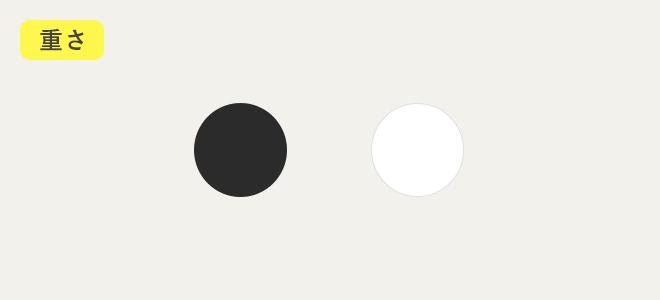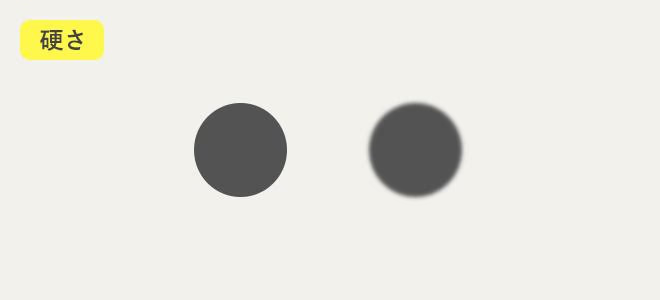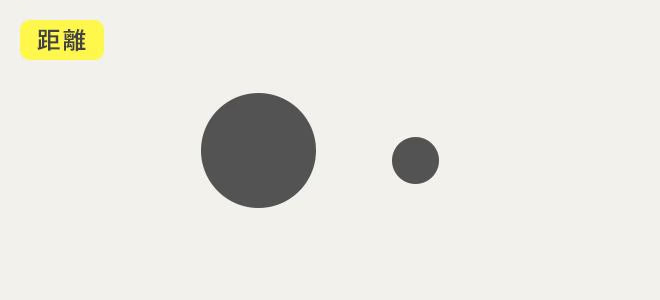This is Kamimori from the design department.
After graduating from high school, I attended an art school.
I think most of what I learned was academic, relating to art and design.
Color theory, composition theory, photography, art history, design history, drawing... I remember studying all of these subjects with great enthusiasm, believing them to be essential knowledge for me to become the "designer" that I aspired to be.
Wanting to learn more practical things, I started working at a design firm while studying at school.
And guess what? It's obvious now, but it was completely useless. My boss complained, "What are they teaching at school...?"
Even though I had studied hard to become a designer, I realized there was a big gap between the academic "design" I learned at school and "design" in the real world.
It even seemed to me that I didn't need to know about academic design, which pursues what is wonderful as a visual expression, in the field. Rather than pursuing aesthetics in the field, there was so much knowledge and technology that I needed to know in order to handle design commercially, and I became so disheartened that I could no longer see the point in going to school.
However, there was one thing that proved immediately useful for on-site design.
It's drawing. What I learned from drawing was like a bridge between academic design and practical design.
To lie.
First of all, what is drawing?
If you open the Kojien dictionary you have at hand, you will find the definition: "A rough sketch that depicts the general idea of a painting or sculpture. A rough sketch." In my understanding, it means "drawing what is in front of you as realistically as possible," but what was useful on the job wasn't the act of drawing as realistically as such, but the ideas and techniques I learned in the process.
When you hear the word "sketch," you might think of copying what you see onto paper exactly, but in my experience, it doesn't work if you just draw what you see exactly. It doesn't become realistic.
In my case, I "add things that are not there" or "emphasize things more than they actually are" to make things look like they are. In other words, I lie.
For example, if the object is glass, we add reflections that don't actually exist to emphasize its smooth texture, or we make highlights clearer than they actually are.
Excessive exaggeration or deformation may enter the realm of illustration, but in order to make something appear as it is, emphasizing or dramatizing it more than it actually is will look more realistic than simply depicting it as it is.
This idea of "telling a lie to make something appear as it is" was also utilized in the design, especially when dealing with photographs.
Even if you copy something that exists in reality in a photograph, it won't be realistic.
The only other way to describe it other than that it's not realistic is that it doesn't move you emotionally. It doesn't move you as a painting.
How do you want to present this photo? You need to be aware of that and lie to make it look that way. This can be when you take the photo or when you correct it later, but take a photo of the ocean for example. If you want to create an image of a dry summer, make the sky and ocean bluer than they actually are, and the sand whiter than it actually is, as if it were reflecting the sun. Increase the overall contrast and saturation. This is the kind of processing you would do.
In reality, the sea and sky are not that blue, and the sand on the beach is often brown. But people have an image of a summery sea as blue and white. Instead of showing the reality as it is, we need to get closer to that image.

Lying seems more real.
Why does something that is so far removed from reality look so real? I think it's because humans don't see things as they really are, but rather "see them the way they want to see them." Perhaps we don't see things with our eyes, but with our brains. I think design needs to lean toward this human way of seeing.
search.
Drawing helps develop your powers of observation.
The observational eyes mentioned here are similar to the eyes of a bird or an insect, with eyes that see the details and eyes that see the whole, and eyes that understand that the whole is made up of a collection of details.
In other words, it is "the ability to seek the cause or reason why something appears the way it does."
Our eyes (brains) recognize things comprehensively, taking into account all environmental factors such as light, color, and distance, but when drawing, it is important to find the reason why something looks the way it does.
A simple example would be:
・Dark things appear heavy and light things appear light.

・If the boundary is clear, it looks hard. If the boundary is vague, it looks soft.

・If it's big, it looks closer. If it's small, it looks farther away.

We recognize things by taking into account all of these aspects. In other words, to draw a sketch well, it is necessary to look for the elements that make up the way something looks.
When working on site, you may be given a reference design and told, "Please make it something like this," or you may be told something with a more nuanced feel, such as, "Make it feel soft" or "Make it feel fast-paced."
When I accepted this request and created the design, I was able to effectively reflect the nuances that I had been told by making use of the eye I had developed through sketching.
First, look for the reason why the reference design you were given is "like this." Look at the reference design and understand the characteristics of each element that makes up the entire design, such as the color, shape, tone of the photo, and spacing between elements.
In terms of color, are they cool, warm, or achromatic? How do they match? In terms of shape, are they straight or curved? How do they move the lines? In terms of photography, are the elements spaced closely together, or are there spaces between them? etc...
By capturing the details in this way, understanding and extracting the elements that make up the whole (the elements that make it "feel like this"), we can reflect the nuances and design tone that are close to the reference.
notice.
Drawing improves your eyesight. That doesn't mean your eyesight improves, but rather that your eyes become more sensitive. It's like the things I've been looking at vaguely until now seem more three-dimensional... it's a hard feeling to describe, but that's the feeling I got.
I can't say that I've been able to use it specifically in my work, but I think that having improved sensitivity is a good thing for me as a designer.
The reason is that it is effective in helping you realize how things in the world (not just design) look and are presented, and what effect they have.
Even a simple square box can have a completely different impression depending on its size and texture. You can analyze what you see and think about whether it's because of its size or its texture.
My most recent experience was looking at a toilet bowl.
For some reason, the toilet seemed clean.
If you look closely, you'll notice that the toilet has almost no grooves on the rim. Ordinary toilets have deep grooves on the rim to prevent water from splashing back. However, perhaps because the water flows in a vortex in this toilet, it seems that there are almost no grooves on the rim, making it no problem. Without grooves, there are no shadows. This makes the toilet bright. I wonder if that's why it looks so clean.
In this way, the lack of shadows makes it bright, which emphasizes the texture of the pottery and gives it a clean feeling. By looking closely, you can discover the reason behind the impression an object gives.
When you draw a picture, your eyes are drawn to the structure of things, and you naturally develop the habit of looking at things carefully.
forget.
I continued sketching for a while after I started working, but as I got busier, I did it less and less, and I haven't done it in a while recently. I won't forget the techniques and tips I learned from sketching in my design work as long as I'm working, but I think that my eye sensitivity, as I mentioned earlier, was better when I was sketching. I've been thinking about starting again to keep my eyes sharp.
There are many drawing classes in Tokyo. There are many places where adults and those without experience can attend without hesitation. You can start with just paper, pencil, and eraser, so why not give it a try? Even those who are not designers should be able to see things in a new way. I would love for everyone to experience the feeling of having more sensitive eyes.

